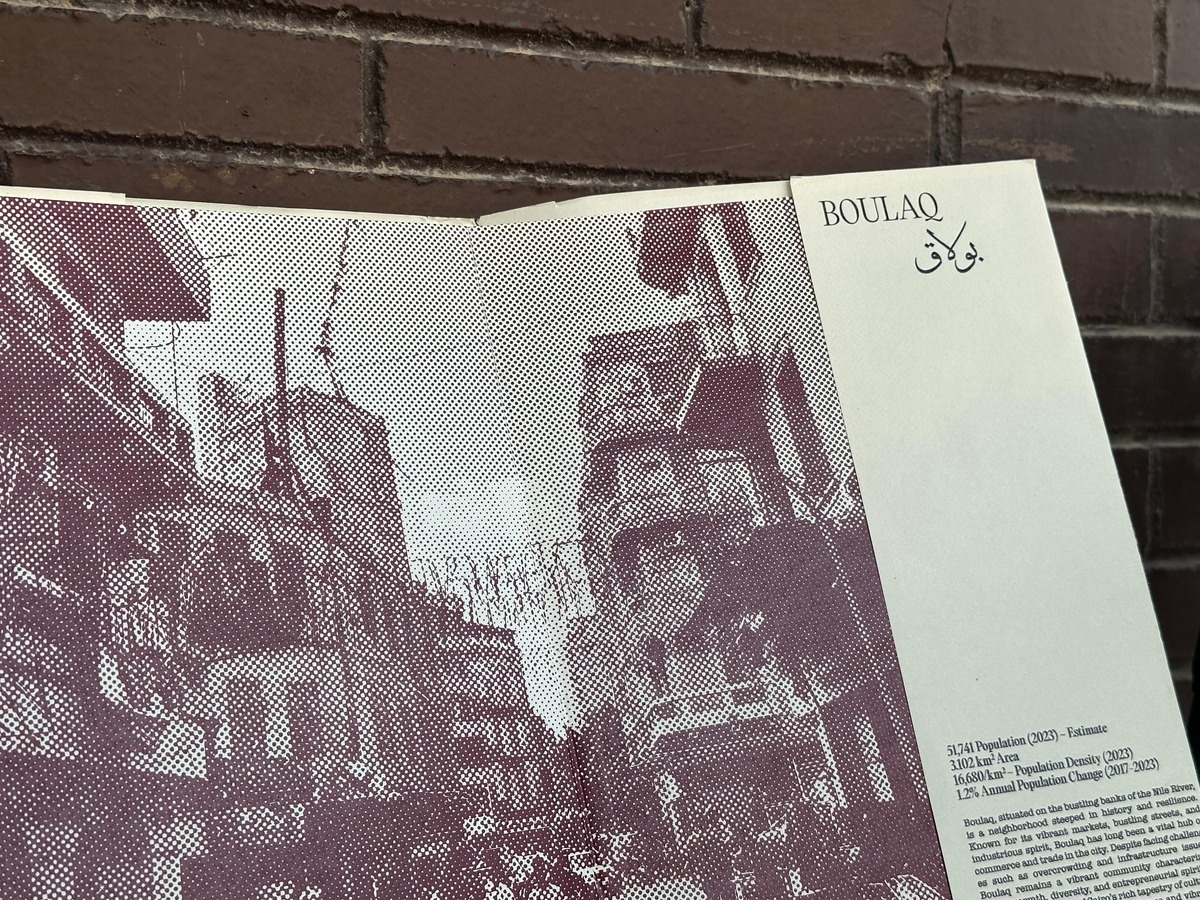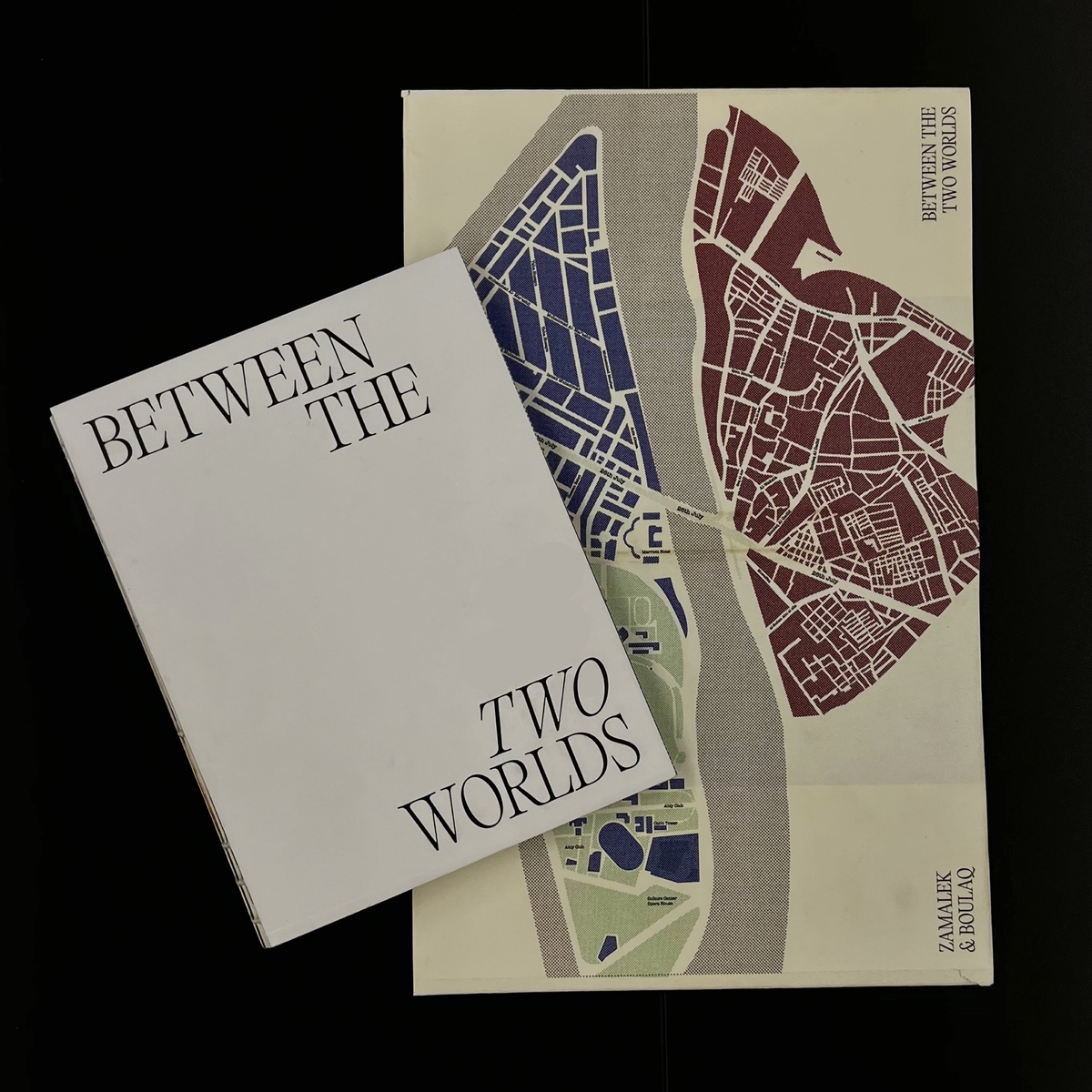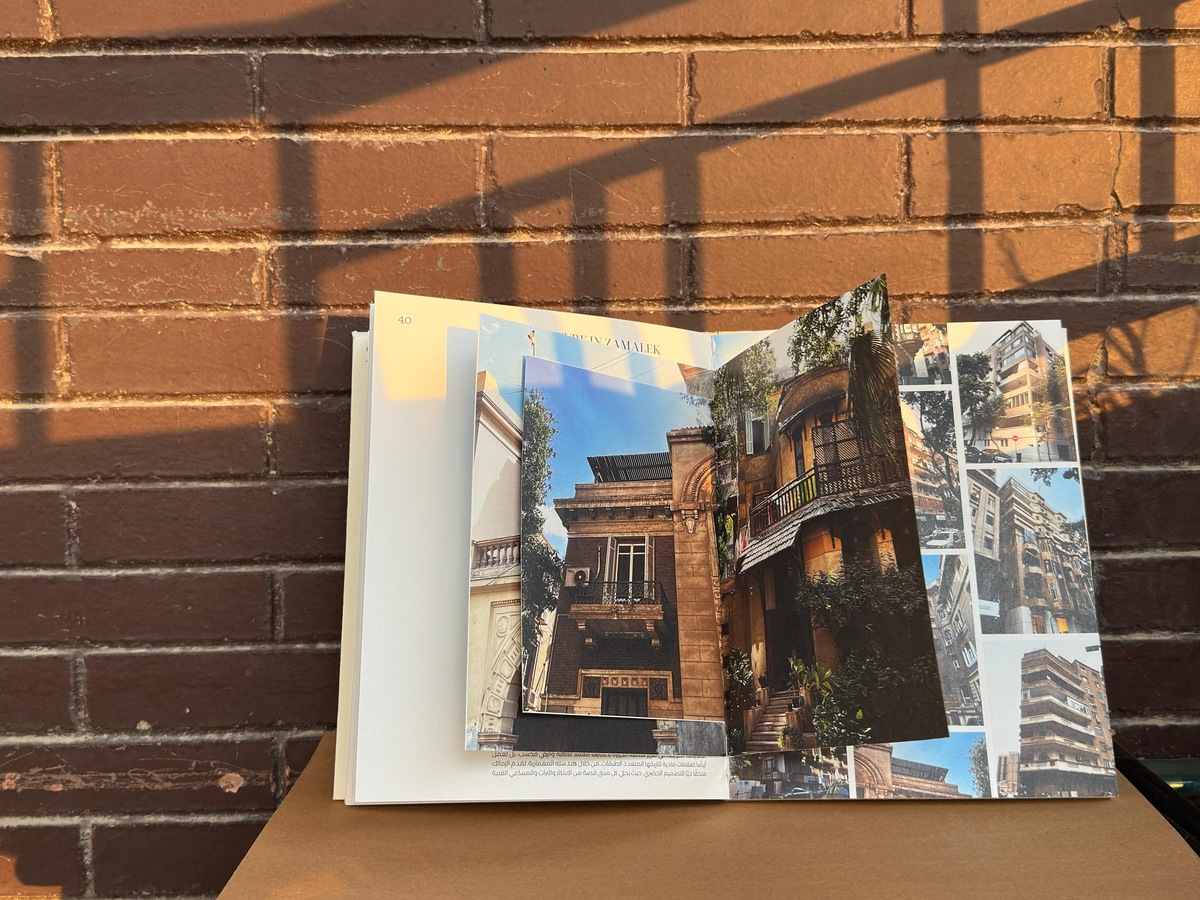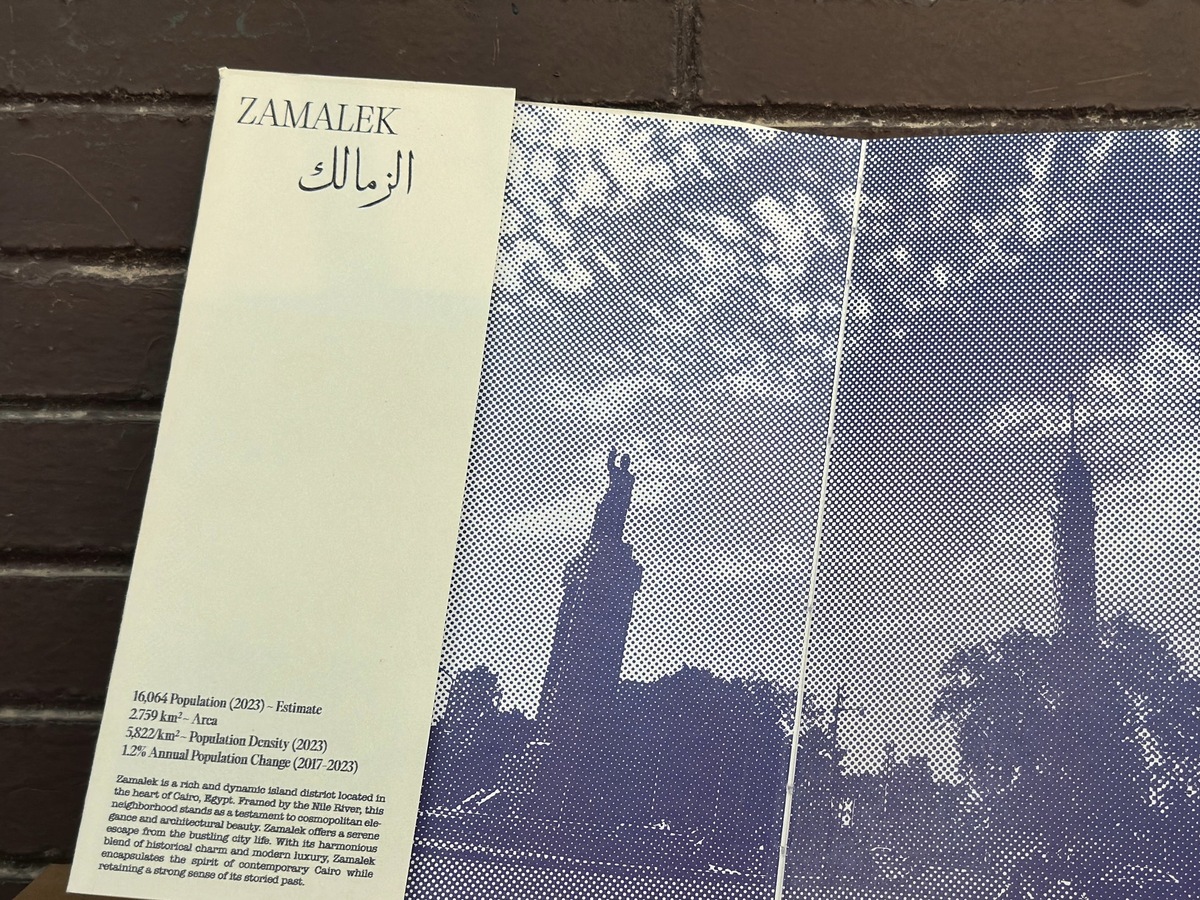
Between Two Worlds: A Visual Look at Cairo’s Contrasts
- MENA
- June 5, 2025
Cairo is a city that refuses to make sense completely. It is like that friend whose actions you could never specify, always catch you off guard and steal moments of you as if they were never yours. And yet, you stay close, because you know, without a doubt, that there is no one else in the world to make sure you.
In a moment, you are walking along an old street where the laundry still swings of the balconies as it has done for decades, and the next one, you are sitting inside an elegant coffee with glass walls in a neighboring hood that feels like a different counter.
You cannot avoid asking: how all these lives, all these contradictions, manage to live within a city?
This question is in the heart between the two worlds (2024), a visual project by Nadia Elsarnagawy, an Egyptian graphic designer based in Cairo, whose work is rooted in the beauty and chaos of the city. She works in the media, often returning to the urban fabric of Cairo to explore her unique contradictions, collisions and moments.

In this visual project, explore the contrasts of two adjacent neighborhoods: Boulaq and Zamalek. Although they feel only a separate minute (approximately 3.7 kilometers by road), they represented very different realities in terms of history, identity and experience lived.
“Boulaq and Zamalek attracted because the lateral side geographically,” Nadia tells Egyptian streets: “However, I feel like two completely different worlds. That contrasts me; differently in terms of lifestyle, history and perception.”
Boulaq and Zamalek, thought that the geographical closure, presents the urban narratives in contrast within Cairo. Boulaq, located on the banks of the Nile, has a story that dates back to the fifteenth century when it emerges as the main port of Cairo. Approximately time, it became a dense district of working class characterized by small -scale industries, which reflects the industrial adjustments of Cairo.
In contrast, Zamalek occupies a part of the island of Gezira in the Nile and is known for its wealth and cultural reference points. Developed in the nineteenth century, it presents wooded streets, embassies and exclusive residences. The neighborhood houses art galleries, museums and institutions such as Cairo Opera House, which makes it a center of cultural activities in the city.
Before she was the project, she touched a time to think about the central question that drives the project: what are the dynamics of the adjacent neighborhoods with contrasts identities and how do urban life in Cairo?

That question led her to look at not only the physical spaces she is exploring, but also how people experience them. “I was curious about how individuals from different socio -economic and cultural origins live with each other,” she says. “It was important to explore how these differences influence the rhythm of the city and are reflected in the daily social fabric of Cairo.”
Instead of organizing scenes or healing polished images, he let the neighborhoods speak in their own textures and tones. “I spent a lot of time walking for both nights, immerse myself on a day -to -day basis,” she says.
“I captured everything, from the raw movement of the Boulaq markets to the peaceful and cured spaces of Zamalek. My image leans towards warmer tons and natural light, to reflect the warmth I felt.”

As the images accumulated, the project asked to take a more defined form, not only as a collection of images, but as a narrative experience. “The project began quite freely,” Nadia shares.
“I knew I wanted to document the contrast between the two neighborhoods, but I didn’t know how everything would join visually. As I spent more time walking, observing and photographing, I found Iself Moremado.
Experimenting these emotions helped her make different decisions about the design and production that better reflected how she really felt while walking through these neighborhoods. The book that emerged reflects the rhythm of the city, moving between chaos and calm, contrast and continuity.

“I started seeing recurring themes that reported the structure of the book,” she says. “The design evolved to reflect my personal trip. I also put the Boulaq file images to preserve their quality while I integrated them into the visual tone of the book.”
When the project came to an end, he realized that between the two worlds (2024) it is not a call to the resolution or an attempt to close the division between Boulaq and Zamalek. Rather, like Cairo himself, which covers its contrast neighborhoods side by side, the project creates space for both coexist.
“I don’t think the goal was to close the understanding between the two neighborhoods directly,” he reflects. “But rather maintain space for both. Cairo thrives in contradictions, and this project is an attempt to capture that.”
If the project opens new ways of seeing, only for a moment, then, to Nadia, has fulfilled its purpose. “I hoped to create a space where people can falsify and reflect on the layers of Cairo to go unnoticed,” she says.
“YEAH Between the two worlds It encourages people to look at Cairo with fresh eyes or from a new perspective, so I think he has done his job. ”

